Introduction
What Do Rats Like To Eat: Rats, those ubiquitous and often unwelcome creatures, have long been a subject of fascination and concern for humans. One of the fundamental aspects of understanding and managing these rodents is gaining insight into their dietary preferences. To unravel this culinary mystery, we embark on a journey into the gastronomic world of rats. Rats bones, members of the rodent family, are highly adaptable creatures found on every continent except Antarctica. Their remarkable ability to thrive in a wide range of environments, from bustling urban centers to remote wilderness areas, stems from their flexible dietary habits. While they are primarily omnivores, meaning they consume both plant and animal matter, their preferences can vary based on their surroundings and available food sources.
In the wild, rats exhibit opportunistic feeding behavior. They are natural scavengers, making them experts at finding and consuming whatever edibles happen to be nearby. This scavenging instinct has allowed them to survive and thrive in diverse ecosystems, from forests to deserts to cities. In rural areas, rats might feast on grains, seeds, fruits, and insects, while in urban environments, they often scavenge for discarded human food, garbage, and even pet food left out in the open. A rat’s dietary preferences are crucial for various reasons. For homeowners and business owners, it’s essential to know what attracts rats to prevent infestations.
In agricultural settings, protecting crops from rat damage is a constant challenge. Researchers studying rat behavior and ecology must delve into the intricacies of their dietary choices to gain insights into their overall survival strategies and contribute to effective pest management. In rat eating habits, we will delve into the intricacies of their diets, covering the foods they love, those they avoid, and the factors influencing their choices. We will also touch upon the consequences of their dietary preferences, both in the wild and in human-occupied spaces. So, let’s embark on this culinary journey with rats and discover the intriguing world of their tastes and appetites.
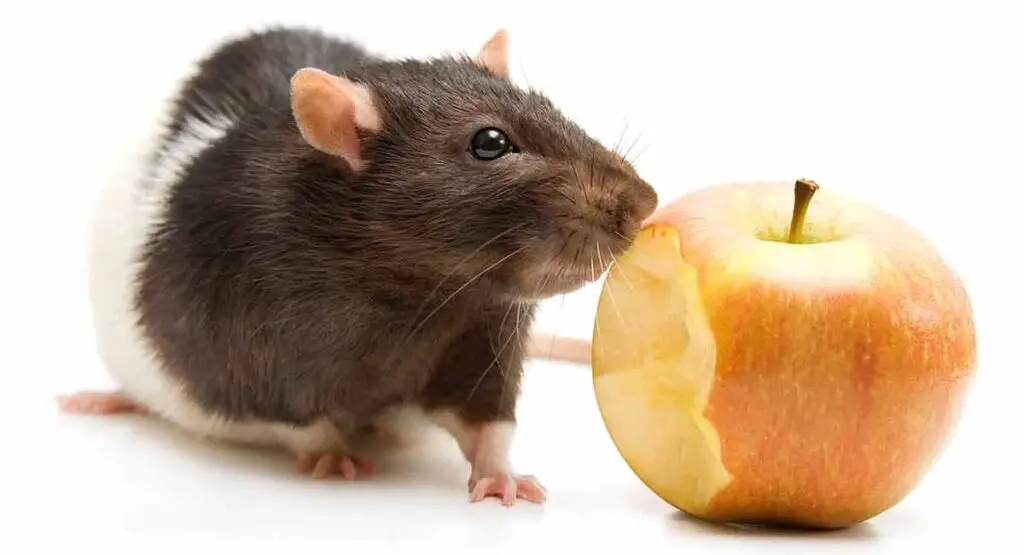
What smells attract rats?
Odors and smells that come from pet waste, pet food, garbage containers, barbecue grills, birdfeeders, and even from unharvested fruit and nuts from plants can attract rats and mice.
One of the most potent attractants for rats is the smell of food. Rats are opportunistic feeders and will readily investigate any scent that hints at a potential meal. The aroma of human food, including leftovers or discarded scraps, is a strong lure. Additionally, the scent of grains, seeds, fruits, and pet food can be particularly enticing for rats, making it crucial to store these items in airtight containers to deter infestations.
Rats are scavengers by nature, and they are drawn to the smell of rotting organic matter, such as garbage or compost. The decomposition process releases a mix of odors that signal a potential food source to these rodents. Keeping trash cans tightly sealed and maintaining clean compost piles can help reduce the attraction of rats to your property.
Rats are territorial creatures, and they use scent markers to communicate with one another. The smell of rat droppings and urine can attract other rats, indicating the presence of a potential habitat or a food source. Cleaning and sanitizing areas where rats have left their mark can discourage further infestations.
Rats are also drawn to the smell of materials suitable for building nests. Soft fabrics, paper, insulation, and other items that rats can use for nesting can pique their interest. Properly storing or disposing of such materials can help make your property less appealing to these rodents.
What attracts rats to your home?
There are two main things that can attract mice and rats to your house – food and shelter. If you don’t tidy up properly and there’s food waste on the floor or surfaces, rodents are going to love it! Rats and mice also need shelter, particularly during winter to avoid the worst of the cold.
Perhaps the most significant factor that attracts rats to your home is the availability of food. Rats are omnivores and will consume a wide variety of items. Leftover human food, open food containers, spilled pet food, and even compost bins are all potential food sources for rats. The smell of food alone can draw them in, making it crucial to store food securely and maintain clean eating areas.
Like all creatures, rats require water to survive. Leaky pipes, standing water, and poorly maintained drainage systems can provide a consistent water source for rats. Fixing leaks and ensuring proper drainage can help make your home less attractive to these rodents.
Rats are adept at finding warm and secure places to build nests. Cluttered and undisturbed areas in attics, basements, garages, and crawlspaces provide ideal nesting spots. Old furniture, stored items, or even piles of firewood can offer shelter to rats. Regularly inspecting and decluttering these spaces can deter infestations.
Rats are excellent climbers and can squeeze through surprisingly small openings. Gaps in doors, windows, foundations, and vents serve as entry points. Sealing these openings and using screens or weatherstripping can help prevent rats from gaining access.
Are rats attracted to sugar?
Rats are strongly attracted to the sweet taste of sugar. Recent behavioral studies demonstrate that rats also have a well-developed taste for starch-derived polysaccharides (e.g., Polycose). In fact, rats prefer Polycose to sucrose and other sugars at low concentrations.
Rats are natural omnivores, which means they can consume a wide variety of foods. In their wild habitats, they forage for fruits, seeds, grains, and even insects. These foods often contain natural sugars, making sugar a part of their natural diet.
Sugar is a concentrated source of energy, and rats, like many animals, are naturally inclined to seek out high-calorie foods to meet their energy needs. This makes sugary substances particularly appealing to them.
In urban and suburban environments, rats often rely on human-generated food sources. These sources frequently include sugary items such as discarded sweets, pastries, and even sugary beverages left in open containers or trash cans. Rats are attracted to the sweet scent of these items and will readily consume them.
Pest control professionals often use sugary baits in traps to attract and capture rats. The sweetness of these baits, whether in the form of a paste or gel, serves as a lure to entice rats into the trap.
What is poisonous to rats?
Onions and garlic contain compounds that can damage rats’ red blood cells, leading to anemia and other health problems. Citrus fruits can cause digestive upset and liver damage if consumed in large amounts. Grapes and raisins can cause kidney failure in rats. Chocolate and alcohol are also toxic to rats.
Anticoagulant rat poisons are one of the most commonly used methods for controlling rat populations. These poisons work by inhibiting the rat’s blood clotting mechanisms, leading to internal bleeding and eventually death. Common anticoagulant rodenticides include warfarin, bromadiolone, and brodifacoum.
In addition to anticoagulant rodenticides, there are non-anticoagulant poisons available, such as acute toxicants like zinc phosphide. These poisons work by directly affecting the rat’s physiology, often leading to rapid death.
Some natural substances are toxic to rats and can be used as a form of rat control. For example, certain plants, like the castor bean plant, produce toxic compounds like ricin that are harmful to rats if ingested. However, the use of natural poisons can be less predictable and more dangerous to other non-target species, including humans and pets.
Chemical fumigants, such as aluminum phosphide or magnesium phosphide, are used to produce toxic gases when they come into contact with moisture. These gases can be employed to kill rats in burrows or confined spaces.
What is rats scared of?
Rats are afraid of human activity, mostly because humans are so much larger than they are. Rats also fear predators such as hawks, eagles, and other birds of prey. Other animals that rats are afraid of include your cat as well as rat terriers and other dogs that hunt rodents. Rats fear becoming a meal for a snake.
One of the most potent fears that rats possess is the fear of predators. Natural predators like cats, dogs, owls, and snakes are a significant source of anxiety for rats. The scent or presence of these animals can deter rats from venturing into certain areas.
Some rodent repellent devices emit ultrasonic sounds that are beyond the range of human hearing. While the effectiveness of these devices is debated among experts, rats may find these sounds disturbing or unsettling, potentially causing them to avoid the affected areas.
Rats are nocturnal creatures and are typically more active in the dark. Bright lights can disrupt their comfort zone, making them hesitant to approach well-lit areas. Motion-activated lights or consistent illumination in vulnerable areas can deter rats.
Rats have a keen sense of smell, and certain odors can repel them. The scent of ammonia, for instance, is known to be unpleasant to rats. However, using strong-smelling substances as deterrents should be approached with caution, as it can be harmful to humans and pets as well.
What smell do rats fear?
Peppermint oil is an effective method for keeping mice and rats away. These rodents cannot stand this oil’s robust and minty smell, so a few drops around your home can go a long way in keeping them away.
Rats have natural predators in the wild, such as cats, dogs, owls, and snakes. The smell of these animals can trigger fear and avoidance behaviors in rats. Some homeowners use predator urine or scent deterrents as a means of rat control, although their effectiveness can vary.
Ammonia has a strong and pungent odor that can be unpleasant to rats. Placing ammonia-soaked rags or cotton balls in areas where rats are active may deter them, but it’s essential to use caution, as ammonia can also be harmful to humans and pets.
Peppermint oil is another scent that rats may find offensive. Many people use peppermint oil as a natural rat repellent. Dabbing cotton balls with peppermint oil and placing them strategically around rat-prone areas can help deter these rodents.
Balsam fir oil has a strong and sharp aroma that rats may dislike. Similar to peppermint oil, it can be used by placing cotton balls soaked in the oil in areas where rats are active.
What kills most rats?
Famously, birds of prey feed on mice and rats. Raptors, including hawks, owls, eagles and falcons, are common predators. Red tail hawks, found across most of North America, and American kestrels, the smallest falcon in North America, will hunt rats by day.
Anticoagulant rat poisons are among the most widely used methods for killing rats. These poisons work by disrupting the rat’s blood-clotting ability, leading to internal bleeding and eventual death. Common anticoagulant rodenticides include warfarin, bromadiolone, and brodifacoum. These poisons are typically available in bait form and are placed strategically to attract rats. However, their use should be approached with caution, as they can pose risks to non-target animals and pets if ingested.
Non-anticoagulant poisons, such as zinc phosphide, work by directly affecting the rat’s physiology and can result in rapid death. These poisons are often used when a quick and effective solution is needed, but they also require careful handling to avoid accidental poisoning of non-target species.
Snap traps are mechanical devices designed to kill rats instantly when they trigger a spring-loaded bar. These traps are considered humane because they result in a quick and painless death for the rat. Snap traps are available in various sizes and designs and can be an effective method when placed correctly in areas where rats are active.
Chemical fumigants, such as aluminum phosphide or magnesium phosphide, produce toxic gases when they come into contact with moisture. These gases can be used to kill rats in burrows or confined spaces. However, the use of chemical fumigants requires careful application to ensure effectiveness and safety.
What food attracts rats more?
Rats tend to prefer foods that are high in nutrients, like fat and protein. Some of the most common foods used to bait rat traps are peanut butter, bacon, dried fruit, or meat (like hot dogs) that won’t make a mess of your trap but have enough protein and fat to attract them.
Rats are drawn to high-calorie foods that provide them with energy. Fats and sugars are especially attractive to them. This includes foods like cooking oils, butter, peanut butter, and sweet pastries.
Grains and cereals are staples in the diet of many rats, both in the wild and in urban environments. Items such as rice, wheat, oats, and corn are readily consumed by rats. They are often found in pantry staples and can attract rats if not stored securely.
Rats are not picky when it comes to fruits and vegetables. They are attracted to a wide range of produce, including apples, bananas, berries, carrots, and tomatoes. Rats will gladly feed on the discarded remnants of fruits and vegetables.
Rats have a particular fondness for seeds and nuts. These foods are high in fats and proteins, making them desirable for rats. Sunflower seeds, pumpkin seeds, and various types of nuts can be especially enticing.
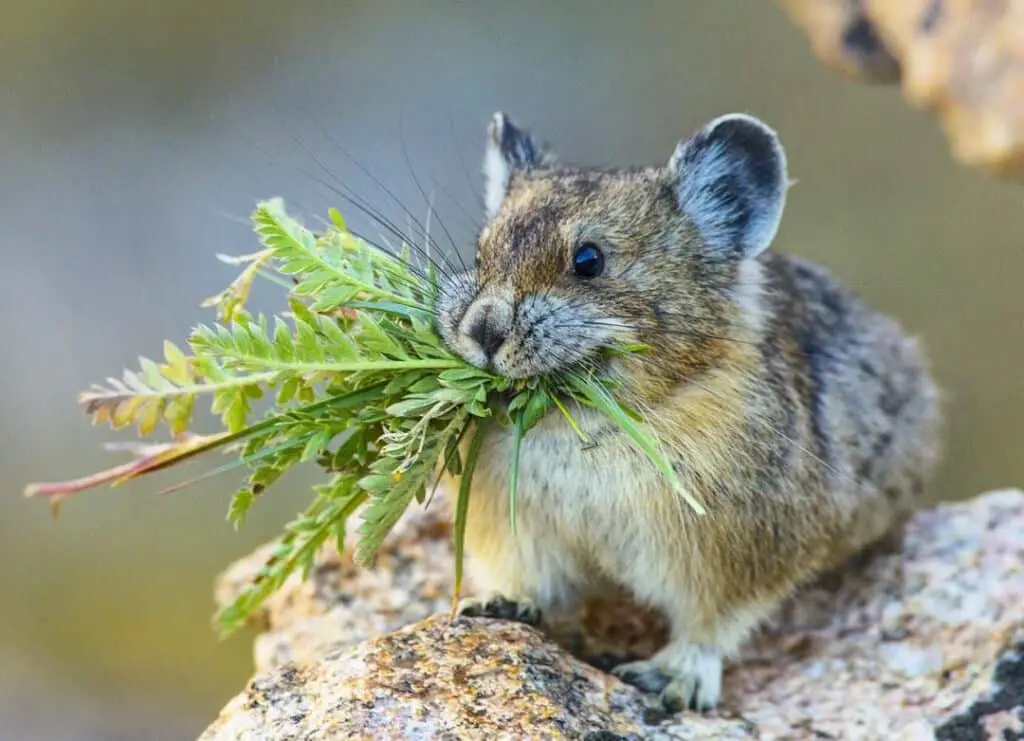
Conclusion
The dietary preferences of rats are a fascinating and complex subject that provides valuable insights into their behavior, adaptability, and interaction with human environments. These resilient rodents, known for their scavenging prowess, exhibit remarkable flexibility when it comes to food choices, making them successful colonizers of diverse habitats across the globe. Rats rodents are natural omnivores, which means they can consume a wide variety of foods. Their diets can consist of plant matter such as grains, seeds, fruits, and roots, as well as insects and small animals like birds and rodents. In urban environments, rats adapt to the availability of human-related food sources, including discarded scraps, garbage, and even pet food, making them a common pest in cities and towns.
By eliminating food sources and employing proactive measures, homeowners and businesses can reduce the risk of rat infestations. In agricultural settings, protecting crops from rat damage requires strategies that minimize access to their favorite foods. The study of rat dietary preferences has broader implications for ecological research and conservation efforts. By unraveling the intricate web of their food choices, researchers can gain a deeper understanding of rat behavior and their impact on ecosystems. Can inform conservation strategies for endangered species vulnerable to rat predation and help mitigate the environmental damage caused by invasive rat species on islands and other fragile ecosystems.
Rats like to eat, we’ve discovered not only the adaptability of these creatures but also their ability to exploit human-created environments. Their dietary choices reflect their remarkable survival strategies, even in the face of various challenges and threats. Ultimately, the quest to understand rats like to eat is not just a matter of curiosity but a practical and scientific endeavor with real-world applications. Whether it’s protecting our homes and crops or preserving delicate ecosystems, it empowers us to coexist more harmoniously with these ubiquitous rodents and underscores the significance of understanding the dietary preferences of the creatures that share our world.

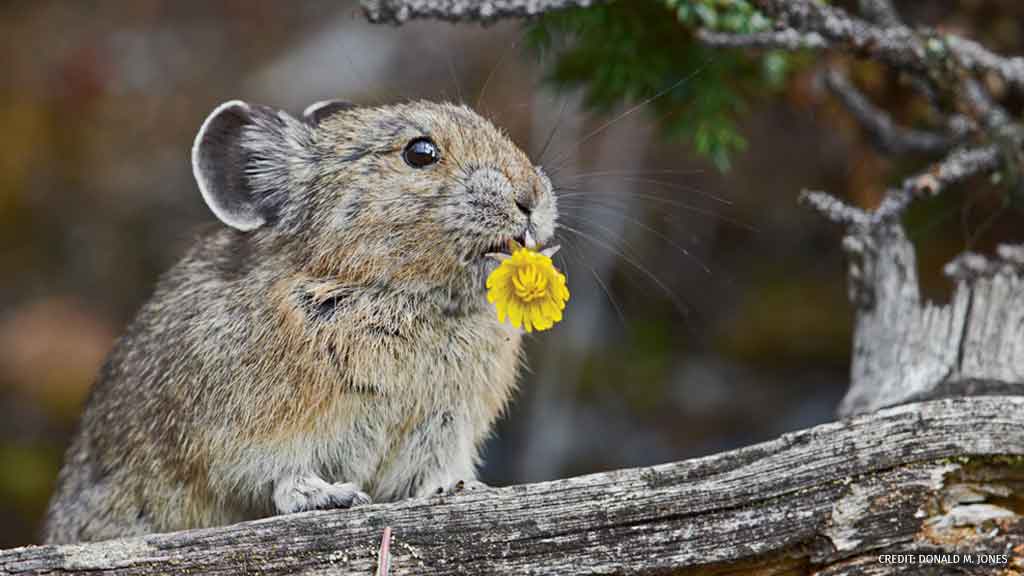
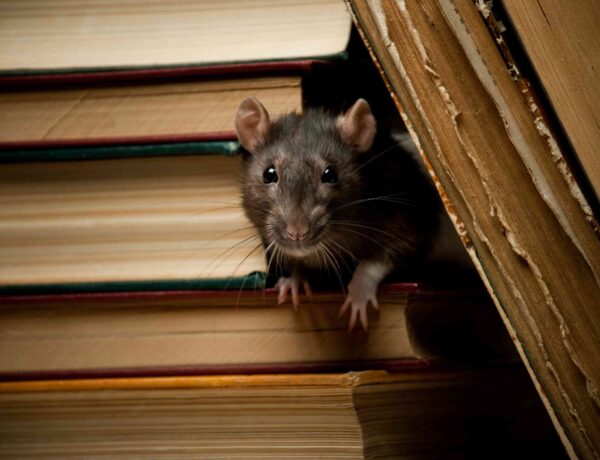
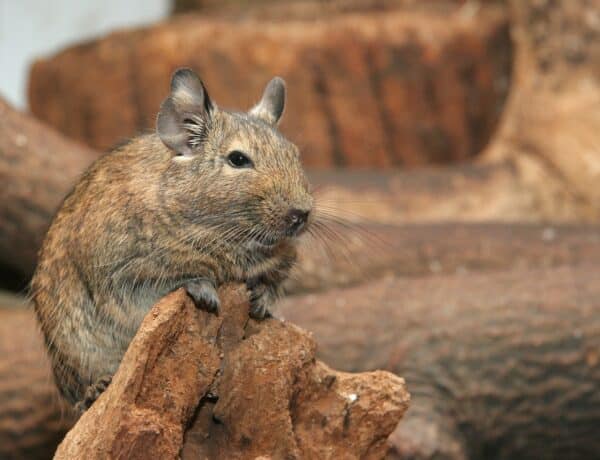
No Comments